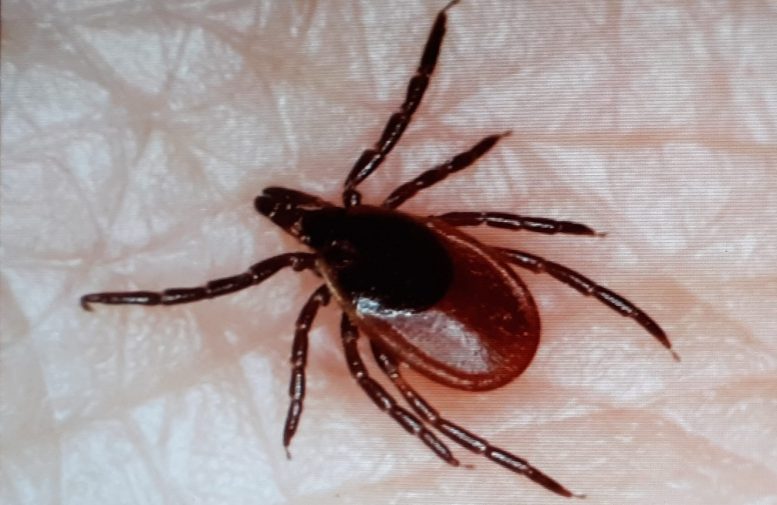By JAN LARSON McLAUGHLIN
BG Independent News
Death and taxes aren’t the only certainties – in Northwest Ohio add ticks and mosquitoes to the mix.
“Every year, like clockwork, when spring rolls around,” Bowling Green Parks and Recreation employees are bombarded with the little buggers – and with questions about them, said Cinda Stutzman, natural resources specialist with Bowling Green Parks and Recreation Department.
So last week, the city park board asked Wood County Health Department Epidemiologist Tyler Briggs present information about two pesky insects.
As an epidemiologist, Briggs studies infectious diseases ranging from sexually transmitted diseases, to insect-borne illnesses.
While ticks and mosquitoes are annoying, most in this region of the country don’t spread diseases. When Briggs encounters the “few and far between” cases of lyme disease in local residents, it’s usually among people who have recently traveled to states in the Northeast, Pennsylvania and New York.
The ticks in this region are most commonly American dog ticks and deer ticks. “They are very, very limited, and we’re lucky for that,” Briggs said.
Wood County saw nine cases of lyme disease, three cases of West Nile Virus, and none of Zika Virus last year. By comparison, the county averages about 450 cases of the sexually transmitted disease chlamydia, the epidemiologist said.
Many cases of West Nile and lyme disease go unnoticed unless they are in very old or very young people.
Briggs explained that ticks often migrate by attaching to animals. There is no season when they are completely dormant, but the peak activity time for ticks is June through August.
Ticks don’t fly, jump, or drop from trees onto humans or animals.
“They just crawl really, really well,” Briggs said.
To prevent tick exposure, Briggs suggested staying on trails when in the woods or brushy areas, and using DEET bug repellent. After outings, people should check their entire bodies for the bugs.
“They like your hair. It’s dense and protected,” he said.
“Parents should check children,” he added. And clothing should be dried on high heat.
If a tick is found, fine-tip tweezers should be used to pull it straight out. Using a lit match more often results in a person burning himself – not getting rid of the tick.
Once the tick is removed, Briggs suggested flushing it down the toilet.
“You can’t crush it with your fingers,” he said.
Ticks can be very small and hard to see. Briggs showed a close-up image of a poppyseed muffin, with the ticks almost impossible to distinguish from the poppyseeds.
If possible, the ticks should be removed within the first 24 hours, before they spread disease. “If you find a tick on you, get it off as quick as possible,” he said.
It is possible for ticks to remain on humans or animals for up to eight days.
“They will eat until they are full,” Briggs said.
Bowling Green Natural Resources Coordinator Chris Gajewicz said he recently conducted a “tick drag” in Wintergarden Park, Simpson Garden Park and Carter Park. During four hours of dragging cloth, Gajewicz only came up with six ticks, all at Wintergarden Park.
“And I was trying to catch them,” he said. “It was baiting them” by wearing shorts and sandals.
Mosquitoes are most prevalent at dusk and dawn. Locally, mosquitoes can carry West Nile Virus. The more serious diseases of Zika Virus and malaria are found in other nations, not Ohio.
People can prevent exposure to mosquitoes by removing standing water around their homes, replacing water in bird baths, use screens in windows and doors, use mosquito dunks in ponds, use EPA-approved repellents, and wear light colored clothing.





